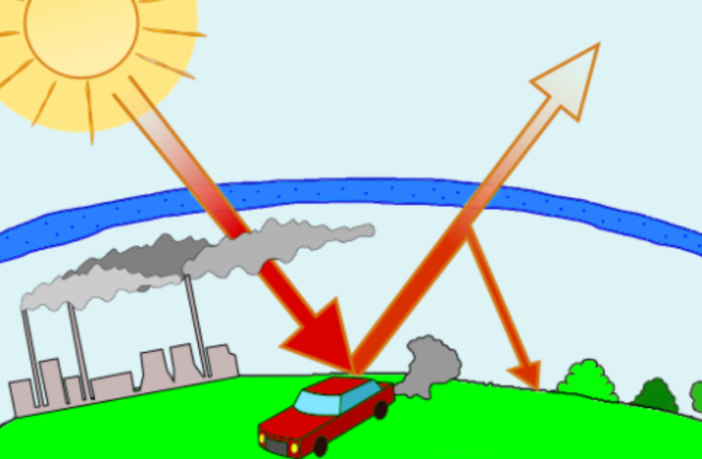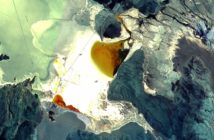In 1800, the world population reached one billion. Scientists did not yet know the earth was warming, but they were at least beginning to understand how heat works. At the time, French physicist Jean-Baptiste Joseph Fourier was scientific adviser to Napoleon Bonaparte on his Egyptian expedition. Perhaps the high ambient temperature provided the first inspiration for his idea of the greenhouse effect.
Fourier’s First Research into Heat Flow

The Emperor Napoleon was so pleased with Joseph Fourier’s work, he made him prefect of the Department of Isere in Grenoble, France. Thus, a good income and more leisure allowed him the opportunity to develop his analytical theory of heat.
This proposition surmised that “the flow of heat between two adjacent molecules is proportional to the extremely small difference of their temperatures”.
Joseph Fourier also developed a “partial differential equation for conductive diffusion of heat”. If you are, or were a student of mathematical physics you should know it already.
Joseph Fourier’s Discovery of the Greenhouse Effect
In the 1820’s, the curious student of heat flow calculated earth’s temperature would be far colder, if only incoming solar radiation warmed it. After discounting interstellar radiation, he concluded earth’s atmosphere functioned as an insulator.

Joseph Fourier acknowledged Horace-Bénédict de Saussure’s earlier work in this regard. In 1767, the latter created the first solar oven ever. His design was a well-insulated box with a lens comprising three layers of glass separated by air. This admitted solar energy, but prevented thermal radiation escaping.
Fourier concluded atmospheric gases could form a stable barrier like glass panes. Perhaps this is where the term greenhouse effect came from. Certainly, it is warmer inside a glass greenhouse than outside. This provided a hint no one noticed that climate change was looming.
Joseph Fourier wrote, “The temperature [of the Earth]can be augmented by the interposition of the atmosphere, because heat in the state of light finds less resistance in penetrating the air, than in re-passing into the air when converted into non-luminous heat.”
Related
Climate Change History – In the Beginning
How Does Carbon Reach the Atmosphere?
Preview Image: Greenhouse Effect




